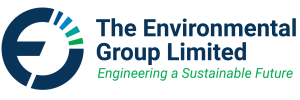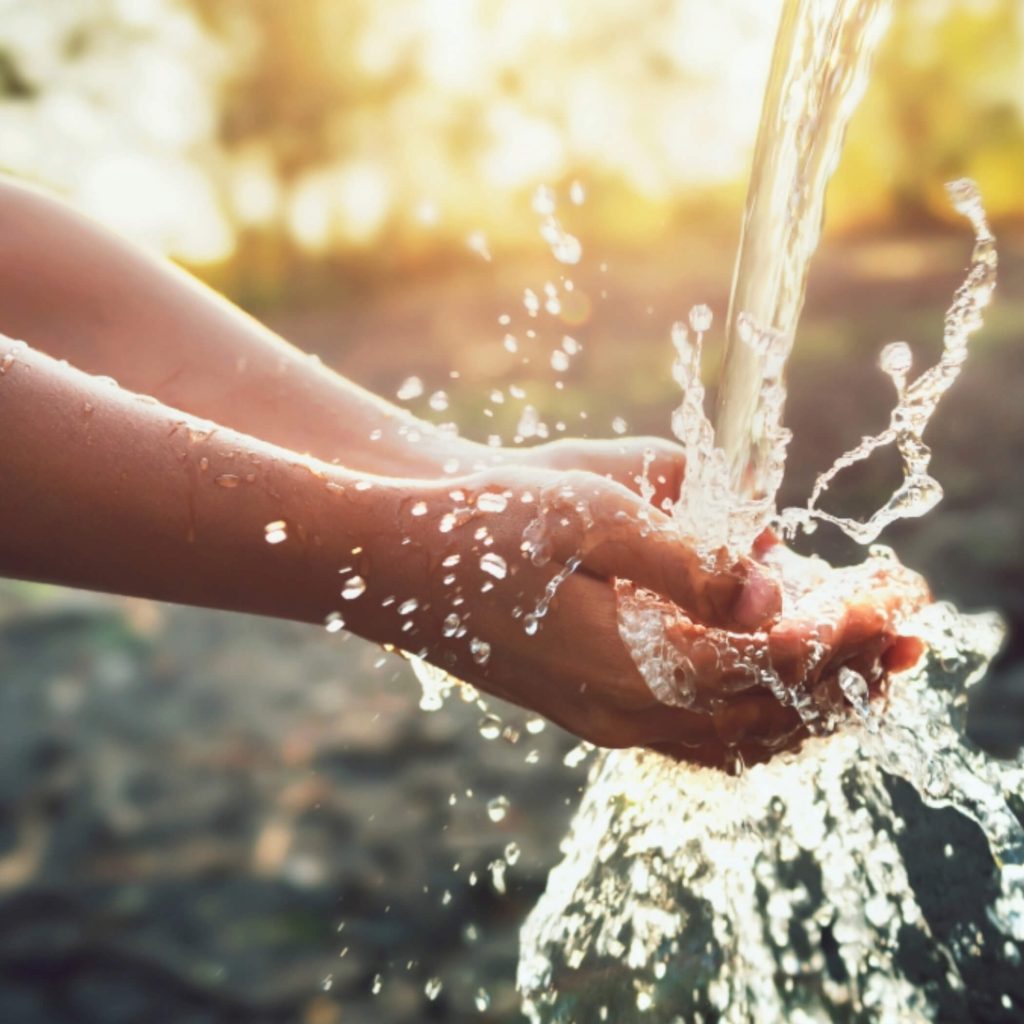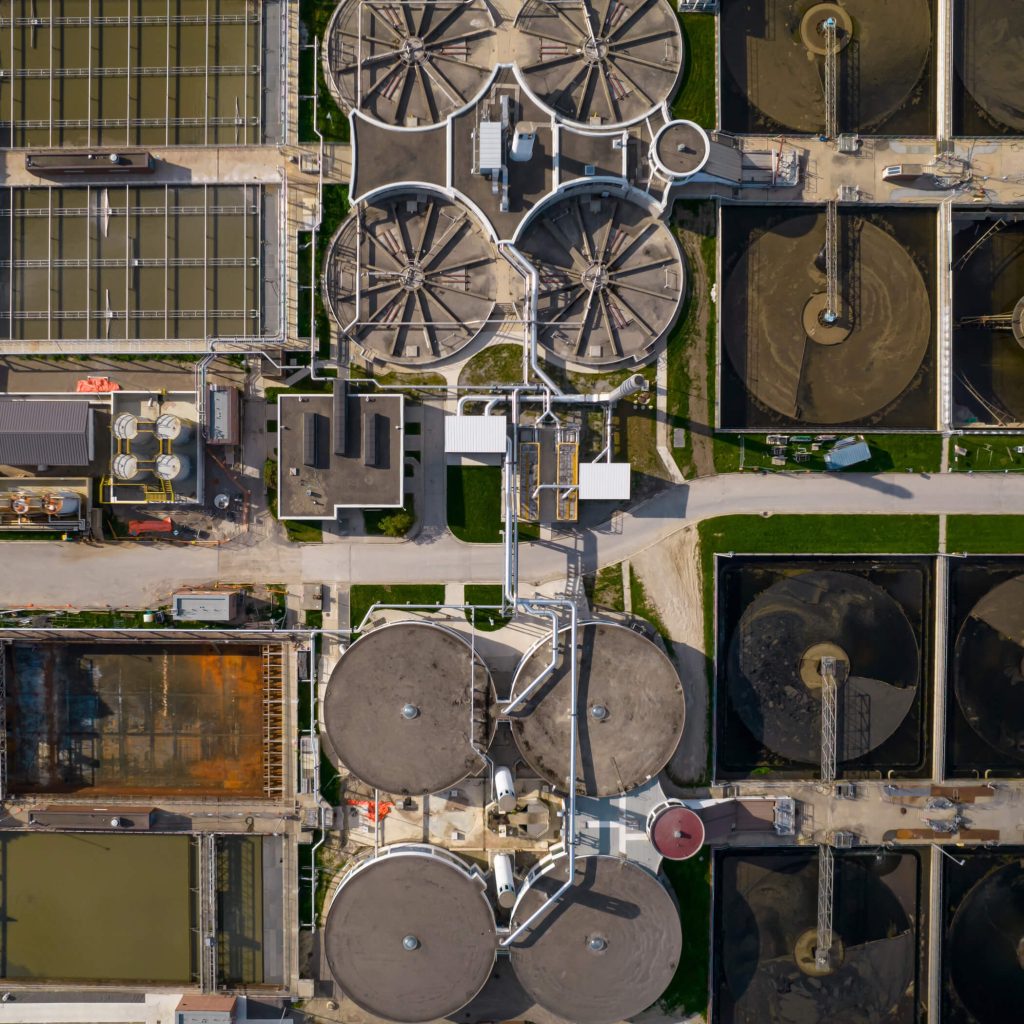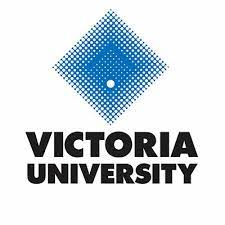contaminated water and soil
contaminated water and soil
Clean Water
Groundbreaking new technology, fostering a safe and sustainable future.
Tailored Engineering
Solutions designed to meet the specific needs and requirements of our customers.
Australian Quality
Designed and developed by Australian experts providing support and maintenance services nationwide.
Quality Assurance
International certifications AS4801, ISO14001, ISO9001, OHSAS18001.
Peace of Mind
An ASX-listed company.
Extracting PFAS from contaminated
Water & Soil
As PFAS regulations become tighter and Australian waste management organisations struggle to stay operational, we have developed a new technology that removes 99% of PFAS from your waste stream.
Positive environmental impact across industries
Our PFAS Separation technology, reduces PFAS outputs to 1% of its original size, reducing transport cost between jurisdictions and PFAS exposure to the community.
Positive environmental impact across industries
Our PFAS Separation technology, reduces PFAS outputs to 1% of its original size, reducing transport cost between jurisdictions and PFAS exposure to the community.
- On-Site PFAS Treatment Plant
- On-Site PFAS Treatment Plant
Liquid that absorbs substances as it moves through or past materials is often found in waste or landfill sites.
Leachate
PFAS can enter groundwater through sources like industrial discharges, firefighting foams, and the use of certain products.
Groundwater
PFAS can infiltrate water sources due to their widespread use across industries, commerce, and everyday consumer goods.
Industrial Waste Water
Byproducts of wastewater treatment demand essential management and monitoring to address PFAS contamination.
Sewer Sludges
Various industries require soil treatment techniques to clean up contaminated areas.
Contaminated Soil
- PFAS extraction system for soil and water
- No PFAS storage requirements
- Risk Reduction to community
- Reduction of PFAS transport requirements
- Cost effective and efficient
- Your discharge insurance
- Ammonia stripping capabilities
- 99% reduced emission
- Reduction of PFAS to 1% of original input
- No human intervention required
- Internalised - no need for EPA certifications
- Modular system - build to your specifications
- Taking care of your bio soils
- PFAS extraction system for soil and water
- No PFAS storage requirements
- Risk Reduction to community
- Reduction of PFAS transport requirements
- Cost effective and efficient
- Your discharge insurance
- Ammonia stripping capabilities
- 99% reduced emission
- Reduction of PFAS to 1% of original input
- No human intervention required
- Internalised - no need for EPA certifications
- Modular system - build to your specifications
- Taking care of your bio soils
Extraction and removal of PFAS has never been easier
Reducing 1 megalitre of PFAS-contaminated water to
1/2 kg of concentrated PFAS-contaminated material for easy disposal.
Extraction and removal of PFAS has never been easier
Reducing 1 megalitre of PFAS-contaminated water to
1/2 kg of concentrated PFAS-contaminated material for easy disposal.
Effective PFAS Treatment – Removing 99% of PFAS
- Effortless operation with a sealed system.
- No human intervention required.
- Low operating expenses.
- Module-base system – configurable to your site, needs and requirements.
- Zero additional waste streams generated.
- Know your PFAS-contamination levels
- Your insurance against PFAS contaminated Water.
- Uninterrupted operation 24/7.
- Seamlessly integrates with existing processes.
- Continuous monitoring and assessment of PFAS levels.
Understanding the Pathways of PFAS Contamination
In recent years, the pervasive presence of per- and polyfluoroalkyl substances (PFAS) in our environment has raised significant concerns about its impact on human health. Understanding how these chemicals enter the body is crucial for developing effective mitigation strategies. Let’s delve into the pathways through which PFAS contamination occurs:
Drinking Water: One of the most common routes of PFAS exposure is through contaminated drinking water. PFAS compounds can infiltrate water sources from industrial discharges, firefighting foam, landfills, and wastewater treatment plants. Once in water supplies, PFAS can accumulate in drinking water systems, exposing individuals to potential health risks upon consumption.
Food Contamination: PFAS can also enter the body through the consumption of contaminated food. These substances have been found in various food items, including seafood, dairy products, and crops irrigated with contaminated water. PFAS can bioaccumulate in animals and plants, leading to higher concentrations in the food chain and posing a risk to human health when consumed.
Airborne Exposure: Inhalation of airborne particles containing PFAS is another pathway of exposure. Industrial processes, such as manufacturing and incineration, can release PFAS into the air, where they can be inhaled or settle onto soil and water bodies. Individuals living near contaminated sites or industrial facilities may be at higher risk of airborne exposure to PFAS.
Consumer Products: PFAS are commonly used in consumer products for their water and oil-resistant properties. Items such as non-stick cookware, stain-resistant fabrics, and food packaging can leach PFAS into the environment, leading to potential exposure through skin contact, ingestion, or inhalation of fumes.
Occupational Exposure: Workers in industries involved in the production or use of PFAS-containing products may face occupational exposure. This includes firefighters, manufacturers, and workers in industries using PFAS-based chemicals in manufacturing processes. Direct contact with PFAS or inhalation of contaminated air in workplace environments can pose significant health risks.
Understanding the Pathways of PFAS Contamination
In recent years, the pervasive presence of per- and polyfluoroalkyl substances (PFAS) in our environment has raised significant concerns about its impact on human health. Understanding how these chemicals enter the body is crucial for developing effective mitigation strategies. Let’s delve into the pathways through which PFAS contamination occurs:
Drinking Water: One of the most common routes of PFAS exposure is through contaminated drinking water. PFAS compounds can infiltrate water sources from industrial discharges, firefighting foam, landfills, and wastewater treatment plants. Once in water supplies, PFAS can accumulate in drinking water systems, exposing individuals to potential health risks upon consumption.
Food Contamination: PFAS can also enter the body through the consumption of contaminated food. These substances have been found in various food items, including seafood, dairy products, and crops irrigated with contaminated water. PFAS can bioaccumulate in animals and plants, leading to higher concentrations in the food chain and posing a risk to human health when consumed.
Airborne Exposure: Inhalation of airborne particles containing PFAS is another pathway of exposure. Industrial processes, such as manufacturing and incineration, can release PFAS into the air, where they can be inhaled or settle onto soil and water bodies. Individuals living near contaminated sites or industrial facilities may be at higher risk of airborne exposure to PFAS.
Consumer Products: PFAS are commonly used in consumer products for their water and oil-resistant properties. Items such as non-stick cookware, stain-resistant fabrics, and food packaging can leach PFAS into the environment, leading to potential exposure through skin contact, ingestion, or inhalation of fumes.
Occupational Exposure: Workers in industries involved in the production or use of PFAS-containing products may face occupational exposure. This includes firefighters, manufacturers, and workers in industries using PFAS-based chemicals in manufacturing processes. Direct contact with PFAS or inhalation of contaminated air in workplace environments can pose significant health risks.
Removing PFAS effectively from our environment
Our system integrates seamlessness in existing units and processes, being able to extract 99% of PFAS from your waste streams.
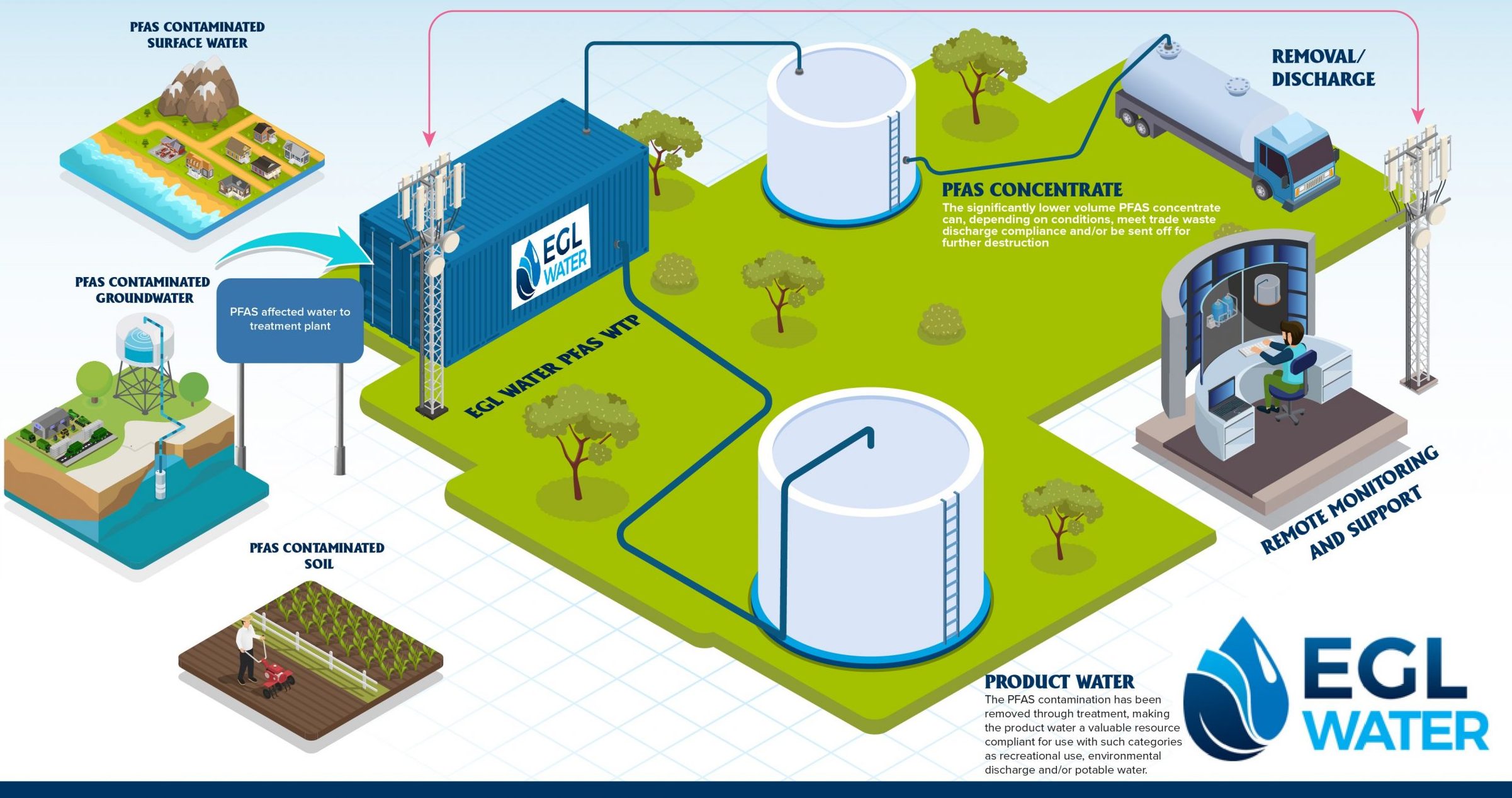
Research Based
Our research has shown that this new technology eliminates the drawbacks associated with existing PFAS treatment processes such as traditional absorption methods and the disposal of filtration materials.
The EGL Water system offers considerably higher throughput volumes compared to existing expensive technologies while maintaining its efficacy.
Using this technology, longstanding PFAS-contaminated soil and water discharging sites can now be cost-effectively remediated and made safe for future generations, avoid lingering legal liabilities.
